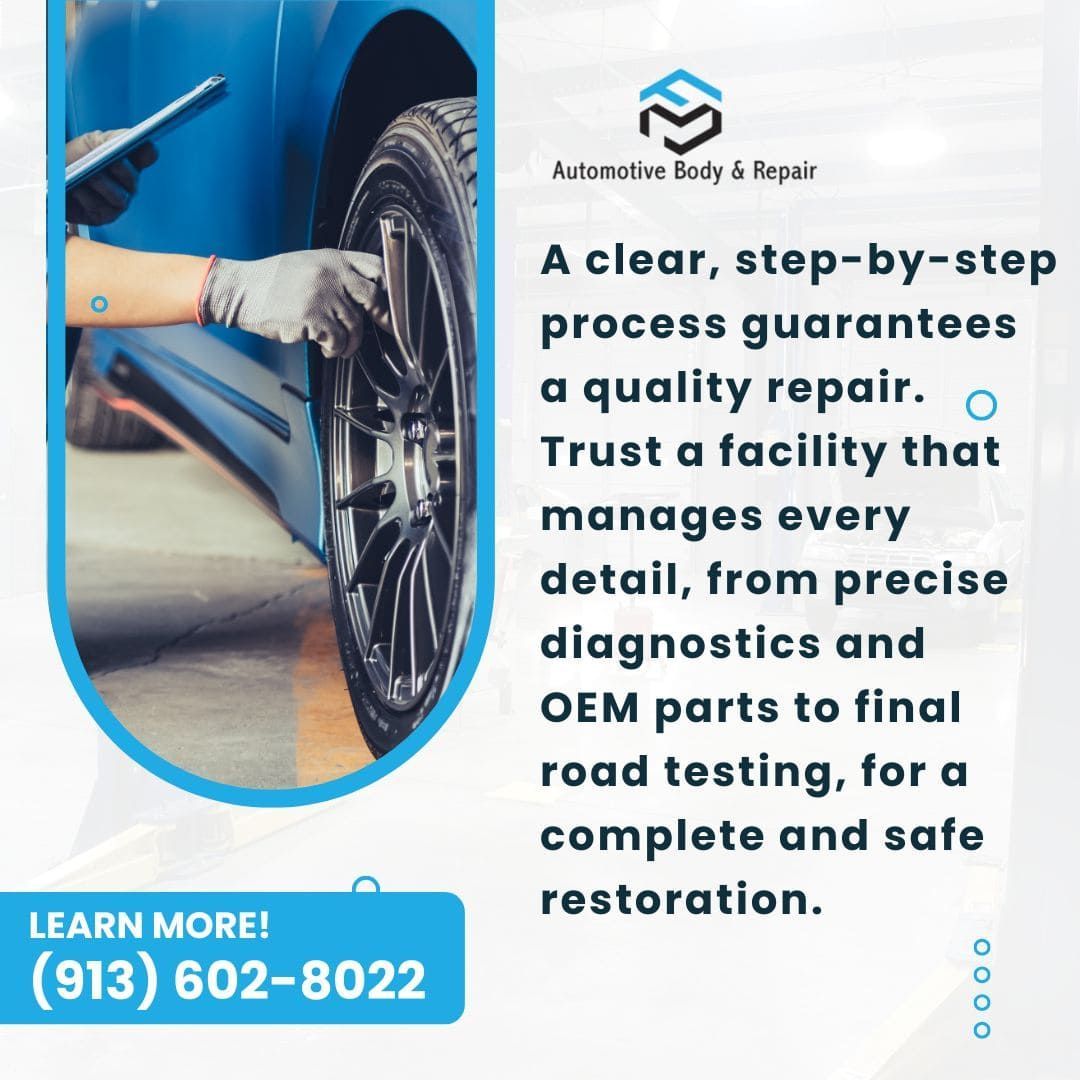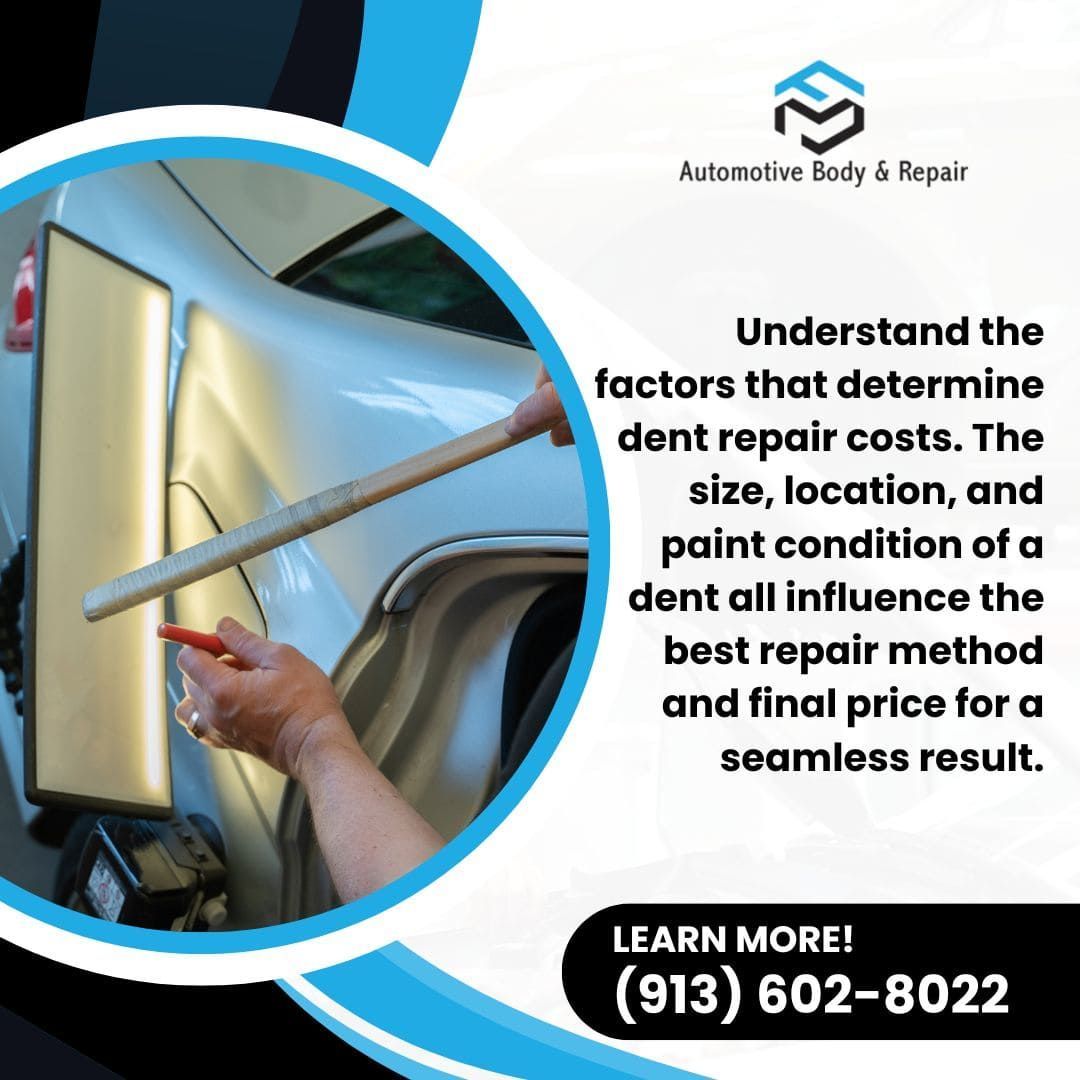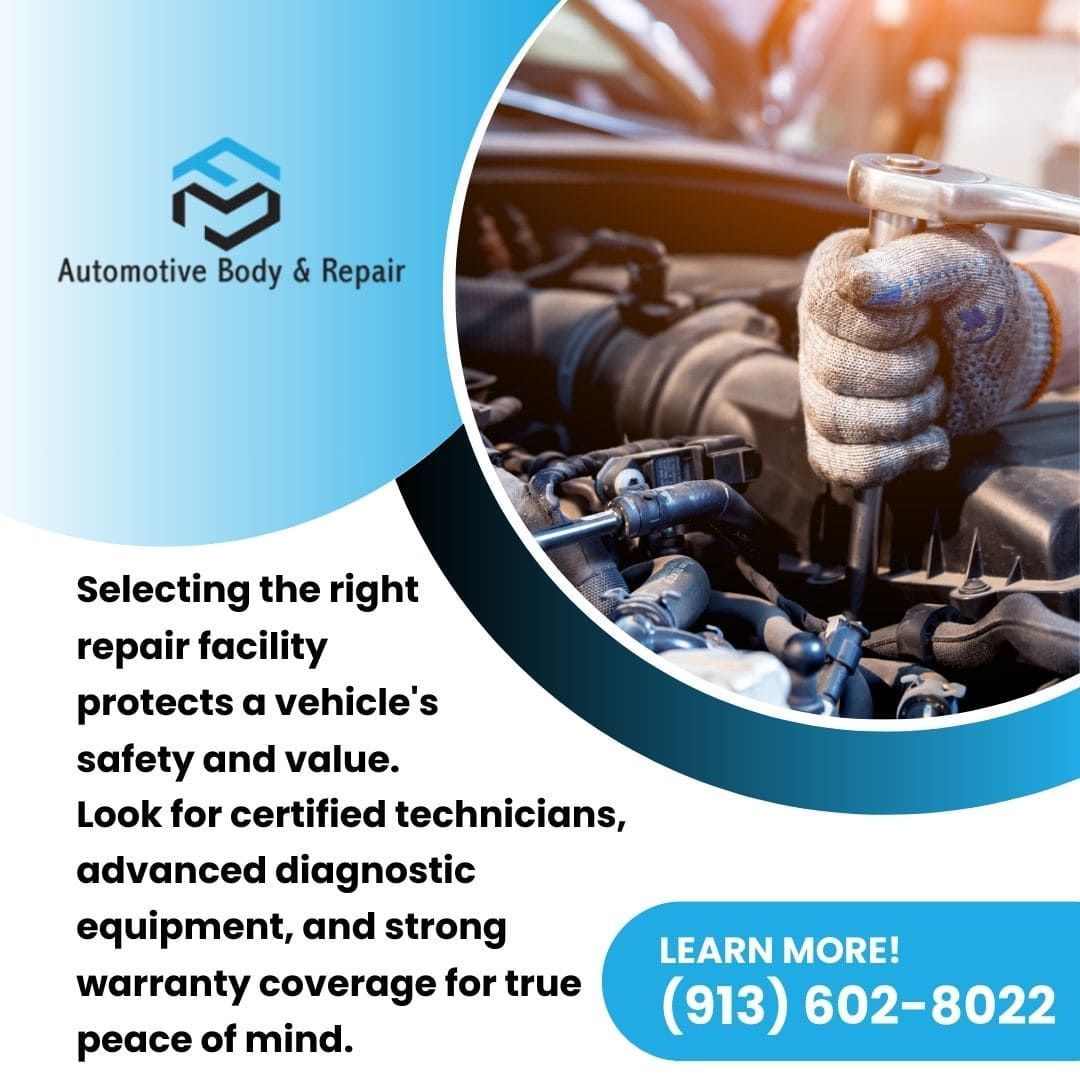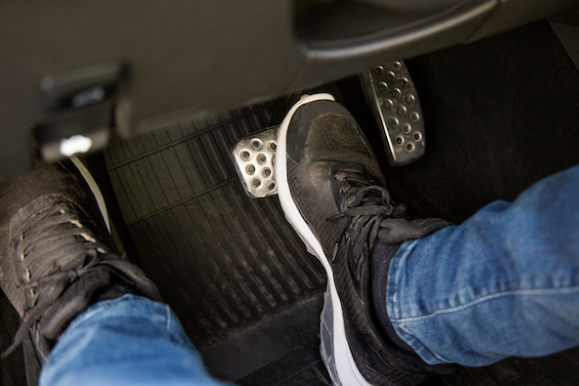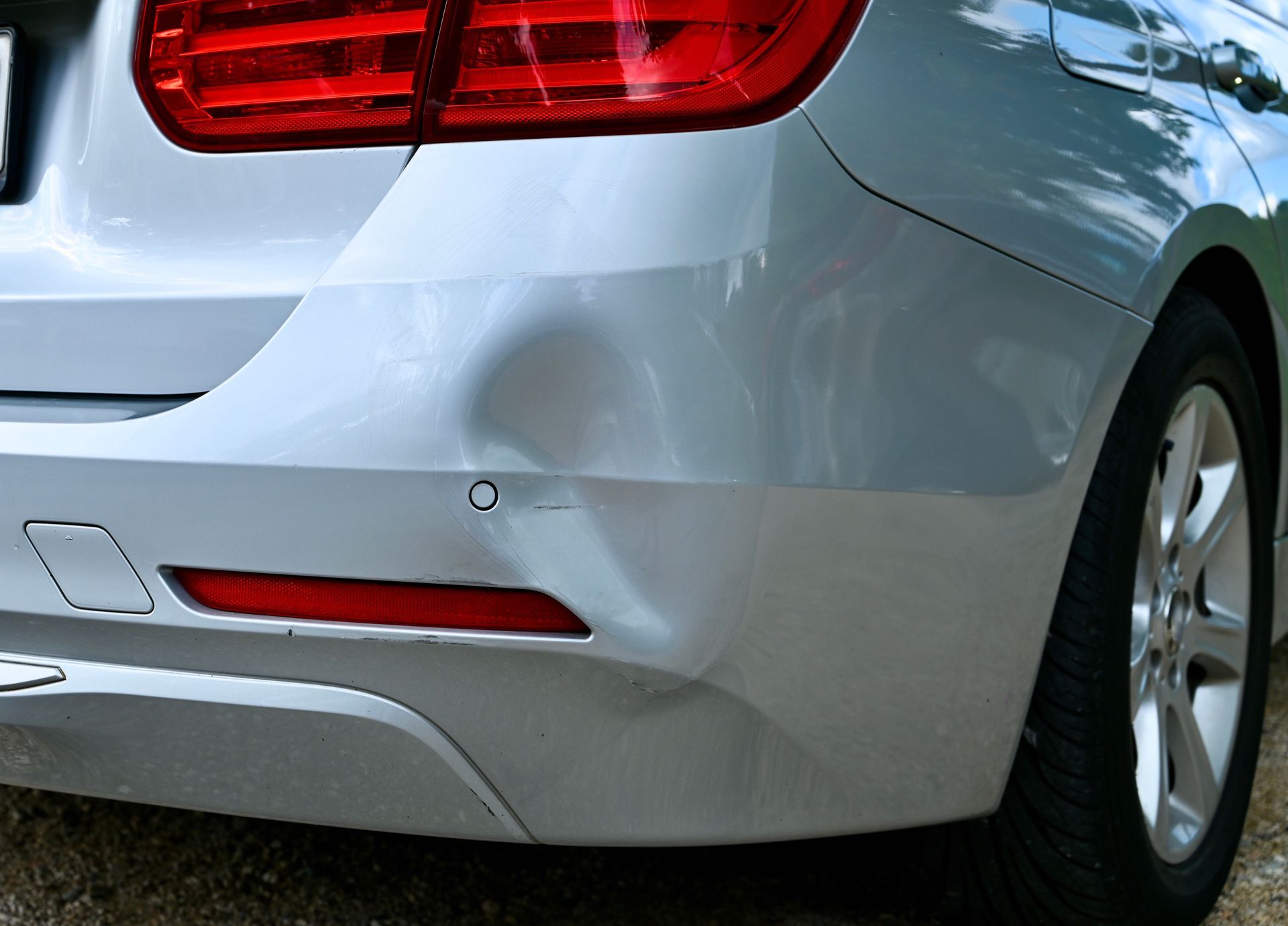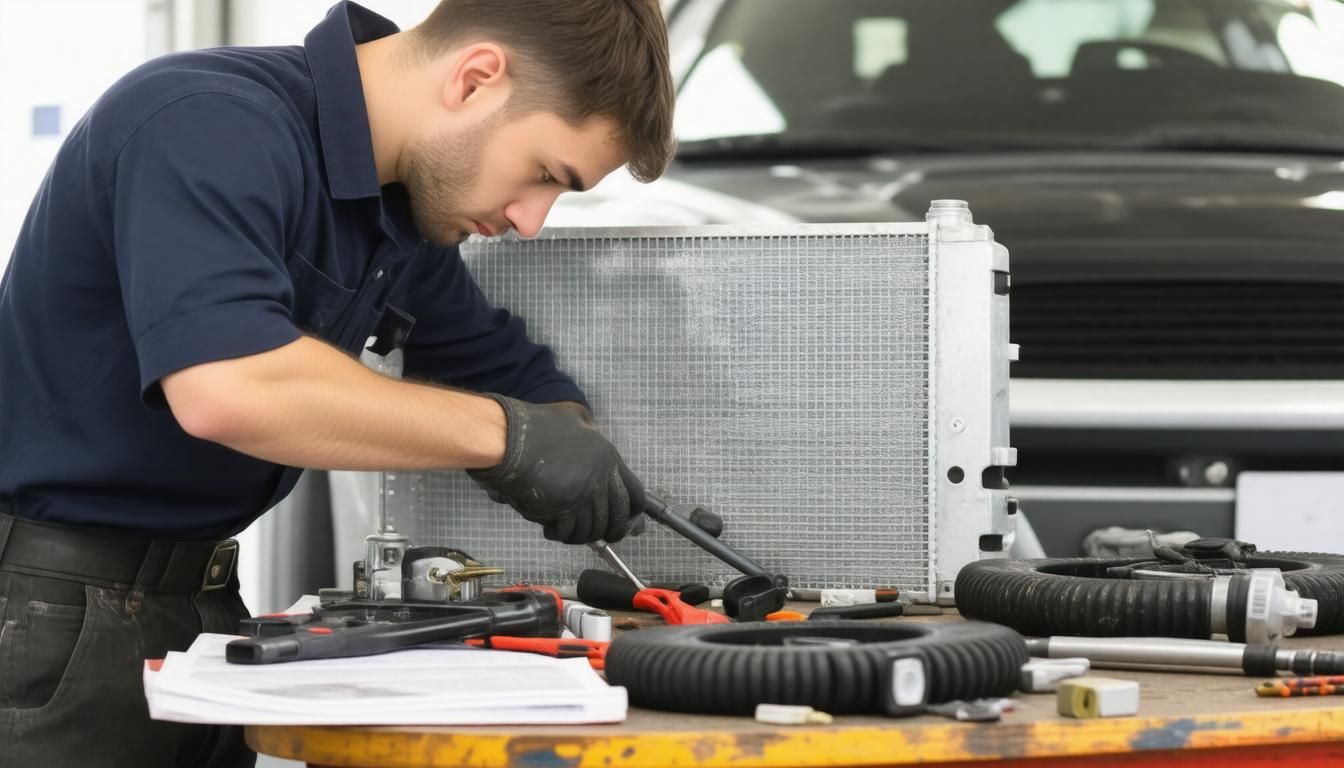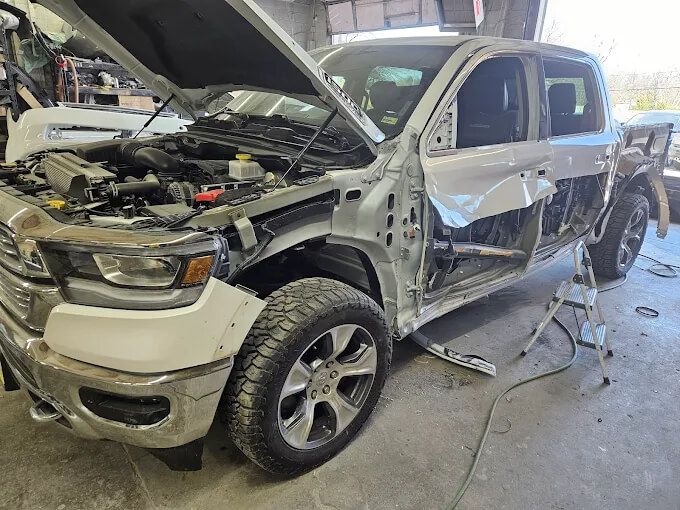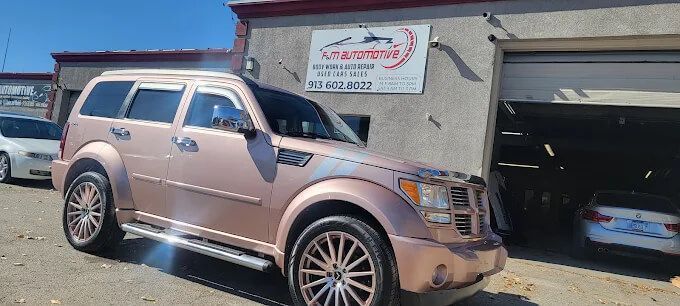Your car’s suspension system does more than just provide a smooth ride. It’s responsible for keeping your tires in contact with the road, improving handling, and maintaining stability while driving, turning, and braking. When any part of the suspension starts to wear, your ride quality suffers, and so does your safety.
Let’s take a closer look at five of the most important suspension components every driver should understand.
1. Shocks and Struts
Shocks and struts help absorb the impact of bumps and uneven road surfaces. While they perform a similar function, they’re not quite the same. A shock absorber is a standalone component, while a strut combines the shock absorber with other elements like the coil spring and a structural support for the suspension.
These parts help keep your tires planted on the road. When they wear out, you may notice your car bouncing excessively after a bump, leaning too much into turns, or feeling unstable on uneven roads. If your car feels like it’s floating or drifting when you drive, worn shocks or struts could be the reason.
2. Control Arms
Control arms connect your wheels to the frame of your vehicle. Most vehicles use upper and lower control arms to allow your wheels to move up and down in a controlled way, especially when you go over bumps or dips in the road. They also help keep the wheels aligned correctly.
Inside the control arms are bushings that cushion the joints and help reduce vibration. When those bushings wear out, it can lead to clunking noises, uneven tire wear, or a wandering steering wheel. A worn control arm can make your ride feel loose or unstable.
3. Ball Joints
Ball joints act like the hinge that allows your steering and suspension to move together. They’re located at the connection point between the control arms and the steering knuckles. This design allows the front wheels to move up and down as well as pivot when you turn the steering wheel.
Over time, ball joints wear down and can cause clunking sounds, uneven tire wear, or loose steering. In extreme cases, a failed ball joint can cause your suspension to collapse, which is why it's important to have them inspected regularly if you notice symptoms.
4. Coil Springs
Coil springs work alongside shocks or struts to absorb energy from the road and maintain ride height. They compress and expand to help your car adapt to changes in the road surface. When they’re in good shape, they keep the vehicle level and help distribute weight evenly.
If a coil spring breaks or sags, you may notice that one corner of the vehicle sits lower than the others, or that your ride becomes harsh or noisy. This can affect handling and lead to uneven tire wear if not addressed.
5. Sway Bar (Stabilizer Bar)
The sway bar helps control body roll during turns. It connects the left and right suspension and helps keep the vehicle level during sharp corners or quick maneuvers. It’s especially important for taller vehicles or those with a higher center of gravity.
When the sway bar or its bushings and links wear out, you may feel extra body roll while turning or hear clunking sounds. It can also affect the way your vehicle responds to steering inputs, making it feel less stable during lane changes or curves.
When Suspension Parts Start to Fail
Because the suspension system has so many moving parts, it’s not always easy to tell what’s wrong right away. But there are some common signs that something isn’t working correctly:
- You feel every bump more than usual
- The car pulls to one side or dips forward when braking
- Steering feels loose or delayed
- You hear knocking, creaking, or clunking sounds while driving
- Your tires are wearing unevenly
If you notice any of these symptoms, it’s a good idea to have your suspension system inspected. Catching problems early can help prevent more serious issues and avoid damaging other components.
Keep Your Suspension in Top Shape at F & M Automotive Body & Repair in Shawnee, KS
At F & M Automotive Body & Repair, we know how important your suspension system is to your driving experience and safety. If your vehicle feels off, rides rough, or shows signs of uneven tire wear, our team can check each component carefully and recommend the right repairs.
Whether it’s worn shocks, broken springs, or loose ball joints, we’ll get you back on the road with a smoother, safer ride.
